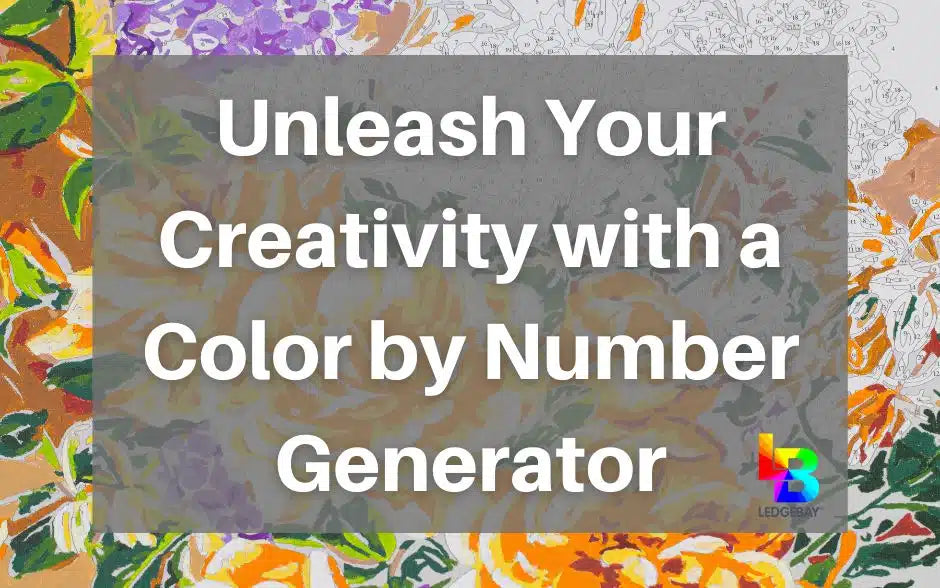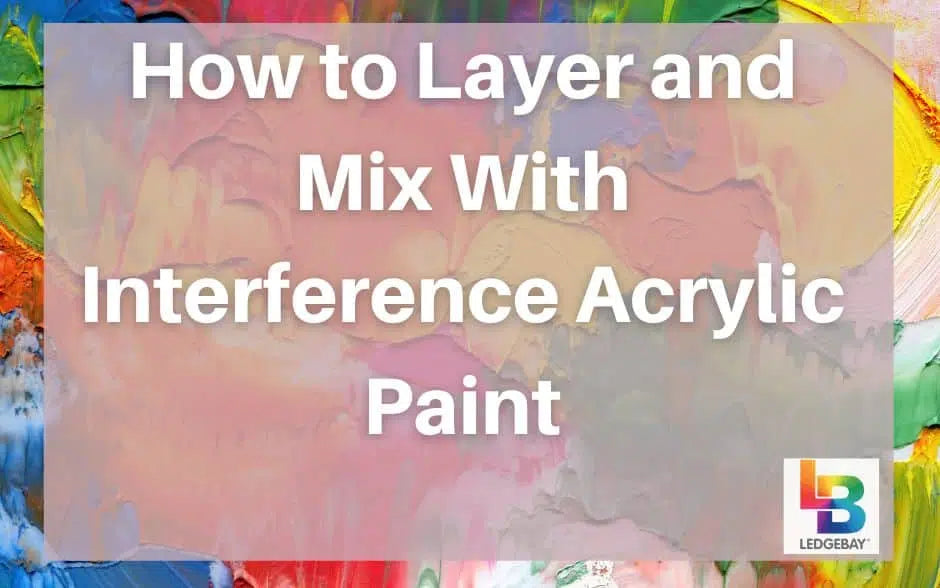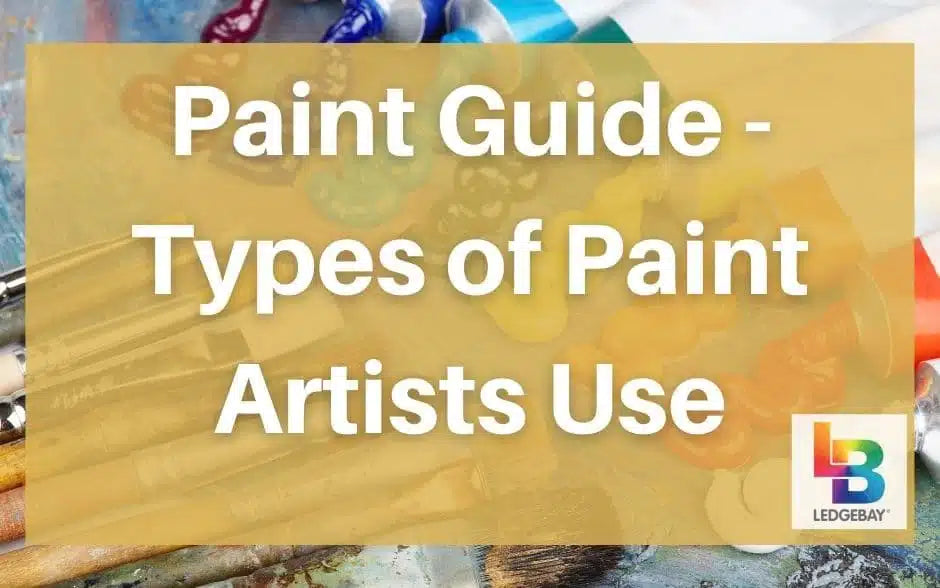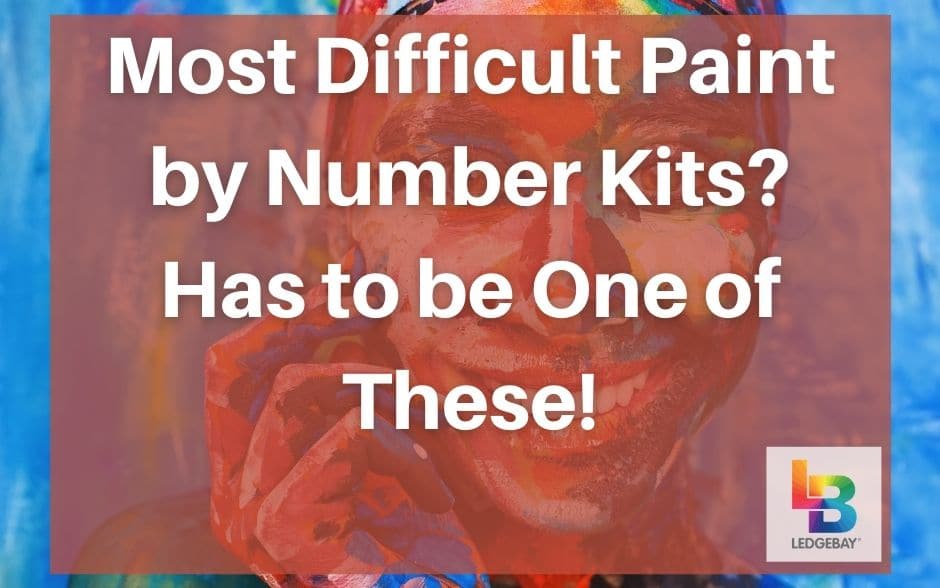Mixing colors for your Paint By Numbers kit can be a fun and rewarding experience. It adds a layer of personalization to your artwork, making it truly unique. While it might seem tricky at first, with a little practice and some basic knowledge, you can mix colors like a pro.
Knowing how to mix colors gives you more control over your painting. Instead of being limited to the colors provided in the kit, you can create new shades and tones that match your vision. This can make your painting stand out and feel more vibrant. Plus, it’s a great way to learn more about how different colors interact with each other.
In this article, we’ll walk you through the basics of color mixing. We’ll cover the essential tools you need, techniques for achieving your desired hues, and tips for keeping your colors consistent. By the end, you’ll feel confident in your ability to mix colors and ready to take your Paint By Numbers project to the next level.
Understanding the Basics of Color Mixing
Primary, Secondary, and Tertiary Colors
To start mixing colors, you need to know about primary, secondary, and tertiary colors. Primary colors are red, blue, and yellow. These are the basic colors you cannot create by mixing other colors. Secondary colors are made by mixing two primary colors. For example, red and yellow make orange, blue and yellow make green, and red and blue make purple. Tertiary colors are made by mixing a primary color with a secondary color, giving you more complex hues like red-orange or blue-green.
Color Wheel Basics
A color wheel is a useful tool for understanding how colors relate to each other. It shows primary, secondary, and tertiary colors in a circle, helping you see how they mix and match. The color wheel helps you understand complementary colors, which are opposite each other on the wheel, like red and green. Complementary colors enhance each other when placed side by side, making your painting more vibrant. To create harmonious color schemes, use colors that are next to each other on the wheel, called analogous colors. Understanding these basics will help you mix colors more effectively.
Essential Tools for Mixing Colors
Palette and Mixing Surface
Having the right tools makes mixing colors easier and more fun. One essential tool is a palette or mixing surface where you can blend your paints. Palettes come in different shapes and sizes, from simple plastic trays to fancy wooden ones. Choose a palette that fits your workspace and is easy to clean. You can also use a sturdy paper plate or a piece of glass as a mixing surface. Just make sure it’s large enough to mix multiple colors at once.
Brushes and Mixing Mediums
The type of brushes you use can make a big difference in how well you can mix colors. Flat brushes are great for mixing because they cover a wide area and help blend colors smoothly. Make sure to have a variety of brush sizes on hand. You’ll need smaller brushes for detailed work and larger ones for bigger areas. Mixing mediums like water or acrylic gel can also help you achieve the right consistency. Water thins the paint, making it easier to blend, while acrylic gel makes the paint thicker and more textured. Having these tools will make the process of mixing colors easier and more enjoyable.
Techniques for Achieving Desired Hues
Mixing Primary Colors to Create Secondary Colors
When mixing primary colors to create secondary colors, it helps to know the right ratios. For example, mix equal parts of red and yellow to get a bright orange. If you want a more subdued orange, add a bit more yellow. For green, mix equal parts of blue and yellow. To adjust the hue, add more blue for a darker green or more yellow for a lighter green. To create purple, mix equal parts of blue and red. Make adjustments by adding more red for a warmer purple or more blue for a cooler purple.
Adjusting Shades and Tints
Once you have your basic colors, you might want to adjust them to match your vision. To make a color lighter, add small amounts of white. Be careful, as white can quickly overpower the original color. For darker shades, add a touch of black, but use it sparingly since black is very strong. You can also adjust colors by mixing in complementary colors. For example, adding a bit of green to red will create a more muted, earthy tone. Experiment with different combinations to achieve the exact shade or tint you need.
Tips for Consistent Color Mixing
Keeping Track of Your Color Mixes
To keep your colors consistent throughout your painting, it’s important to keep track of your color mixes. One way to do this is to create a color chart. As you mix a new color, make a small swatch on a piece of paper and note the ratios of the colors you used. This way, if you need to recreate that color later, you’ll have a reference. You can also use a piece of tape on your palette to label colors and mixtures. This practice helps avoid running out of a color in the middle of your work.
Testing Colors Before Applying to Canvas
Before you apply any mixed color to your canvas, it’s a good idea to test it first. Use a scrap piece of paper or cardboard to see how the color looks when it dries. Sometimes, colors can appear differently once they are dry, so this step helps ensure you’re happy with the result before committing it to your canvas. Testing also allows you to see how the color interacts with other colors in your painting. This extra step can save you time and frustration, ensuring your painting comes out just as you imagined.
Conclusion
Learning to mix colors in your Paint By Numbers kit opens up endless creative possibilities. It allows you to put a personal touch on your artwork, making it truly unique. By understanding the basics of color mixing, having the right tools, and using effective techniques, you can create the perfect hues for your painting. Keeping track of your mixes and testing them before applying them to the canvas ensures consistency and satisfaction with your work.
If you're ready to elevate your Paint By Numbers experience, explore our extensive range of Paint By Numbers kits and supplies at Ledgebay. Get started today and unlock a world of creativity!











